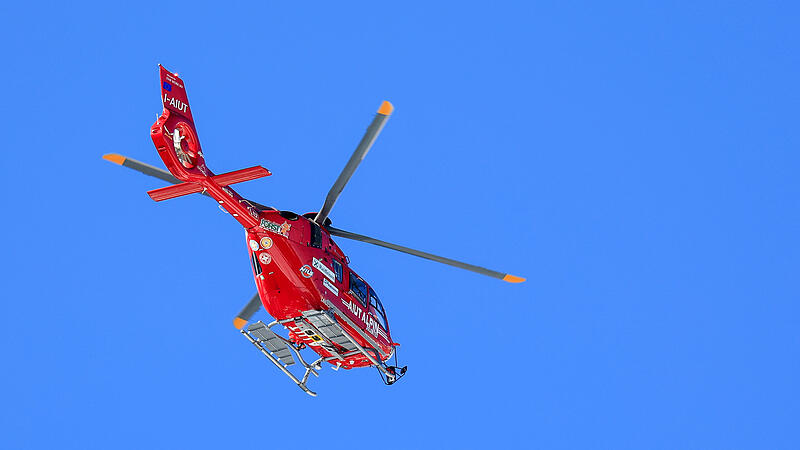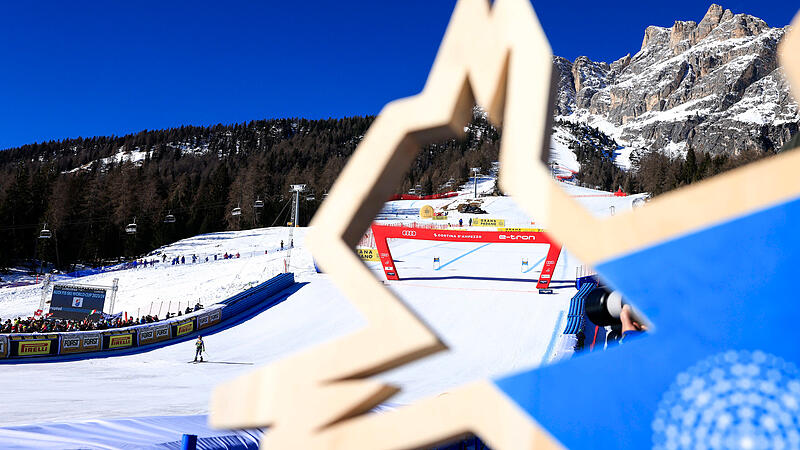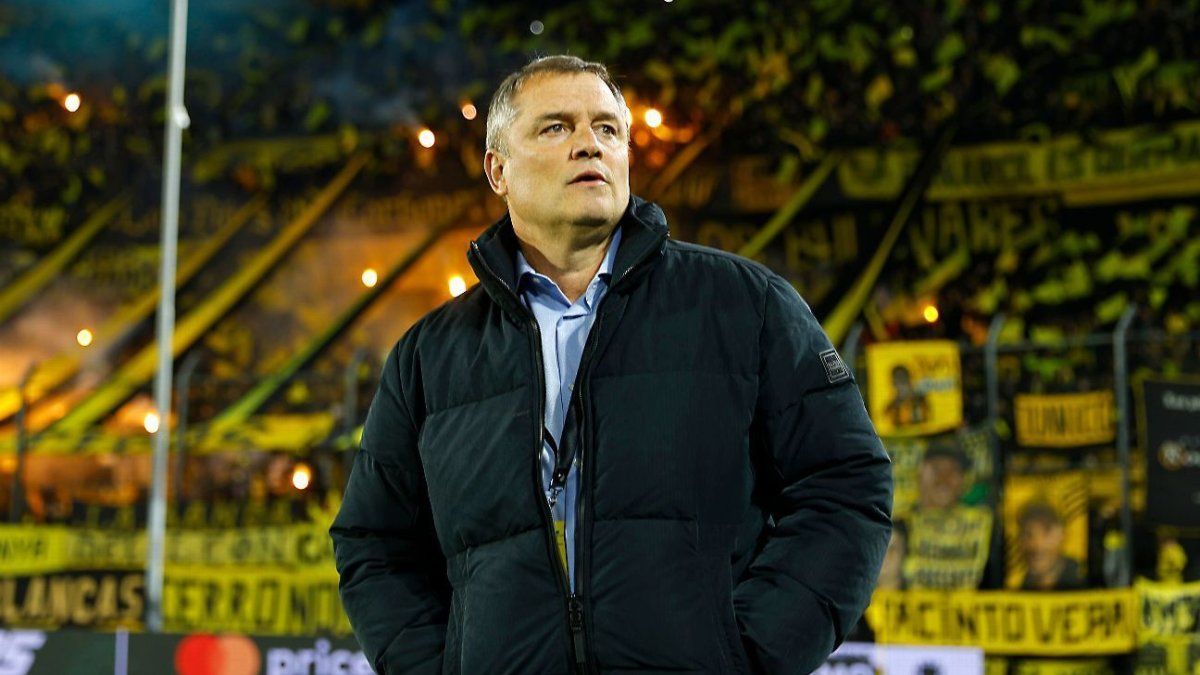Image: GEPA pictures/Mario Buehner-Weinrauch (GEPA pictures)

Image: GEPA pictures
After a veritable orgy of crashes on the three days of racing in the Italian Dolomites, research into the cause was ambivalent. “For me it is still a big question mark why so many falls happened,” Mirjam Puchner puzzled and was not alone. There were some assumptions. For example, there was rampant uncertainty after two of the very best added themselves to the list of accidents, which had recently grown rapidly, after just one training session on Friday. For downhill Olympic champion Corinne Suter from Switzerland, the season is over prematurely after a cruciate ligament tear. Mikaela Shiffrin also limped to the rescue helicopter with her face contorted in pain, but escaped lightly with a rumored injury to the inner ligament. Did the falls of the exceptional athletes have an impact that penetrated deeply into the psyche of their colleagues?
- Also read: The long shadow over Stephanie Venier’s triumph
Shiffrin: “Some scary moments” already in training
Shiffrin claimed to have experienced “some scary moments” during training. Norwegian Kajsa Vickhoff Lie, who often ranks second only to Sofia Goggia when it comes to risk, said Cortina was “more dangerous” than usual this year. But even this finding was divided. The Austrians, for example, didn’t notice any of the larger teeth on the “Olimpia delle Tofane” piste, or at least they didn’t say anything about it publicly.
But the support team around head coach Roland Assinger recognized early on that moderation could also be the trump card over the waves this weekend. Stephanie Venier, who is currently riding in impressive form, outlined her route as a “full attack with a certain dosage”. That led to her second World Cup victory, fifth and second place. Puchner said: “You can’t just drive away without thinking. Downhill sport sometimes means driving with your head.” Even the racehorse Cornelia Hütter decided on a plan that was unusual for her: “I wanted to drive a few passages tactically.”
- Venier won Cortina downhill: all-clear after Shiffrin’s fall
Lara Gut-Behrami confessed after her victory on Sunday in the Super-G. “I just didn’t want to take any risks. I didn’t drive as tight a radius as I usually do.” Skiing is easy if you don’t worry too much. “But that was difficult in the last three days because skiing was no longer really the focus.” After strenuous days, she knew “that my head wasn’t that fresh,” the 32-year-old told the Swiss news agency Keystone-SDA. “I think that’s also the explanation for the many falls. If your legs and head aren’t completely fresh, it doesn’t take much for you to end up in the net.”
“Can be difficult to keep the energy up”
This fits with the findings that Shiffrin made before her fall. “January always feels long, especially in the years without the Olympic Games or World Cup,” Shiffrin told Eurosport. Some are on the road non-stop in the busy first month of the year. “It can be difficult to keep the momentum and energy up.”

Image: GEPA pictures
It should be noted that Gut-Behrami and Shiffrin are among the most frequent riders in the World Cup. Gut-Behrami will compete in a giant slalom at Kronplatz on Tuesday. On a small scale, keeping the focus high in Cortina was primarily something that runners with higher numbers had to master. First aid measures and clean-up work after falls, as well as gusts of wind on Saturday, made the racing days very long, especially for the inexperienced and less talented.
Inadequate posture before larger waves and jumps
Quite a few accidents could be attributed to inadequate posture before larger waves and jumps. In this regard, Felix Neureuther argued that jump training was generally neglected. Austria’s head coach Assinger accepted the German ex-ski star’s point. “You can definitely start there and practice it more.”
The question of practical implementation remains. “You can’t do jumps like that on a normal piste. Every mere mortal, every tourist, jumps down there,” said Hütter. She recalled the general problem in the speed profession of finding suitable training locations. “We need two kilometers of piste, the entire width. If we really want to train, we can’t just close part of the piste and be gone again at 9 a.m..” There is no permanent downhill training route for professionals in Austria.
My themes
For your saved topics were
new articles found.

info By clicking on the icon you can add the keyword to your topics.
info
By clicking on the icon you open your “my topics” page. They have of 15 keywords saved and would have to remove keywords.
info By clicking on the icon you can remove the keyword from your topics.
Add the topic to your topics.
Source: Nachrichten




